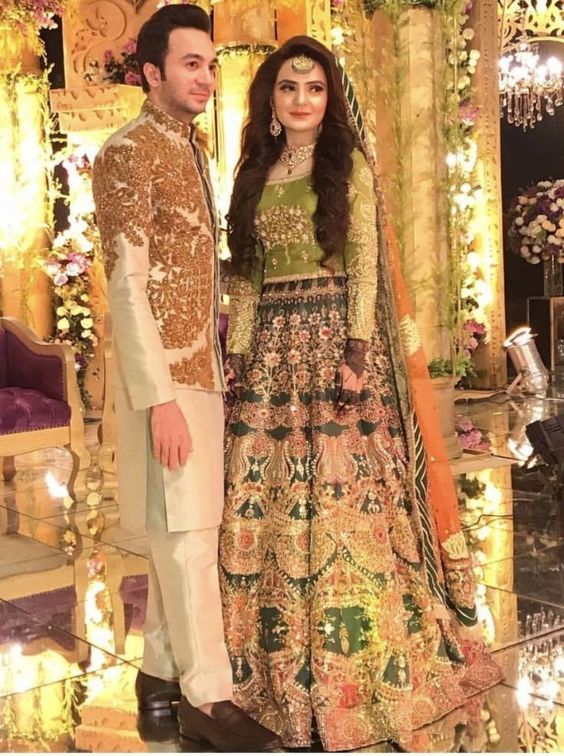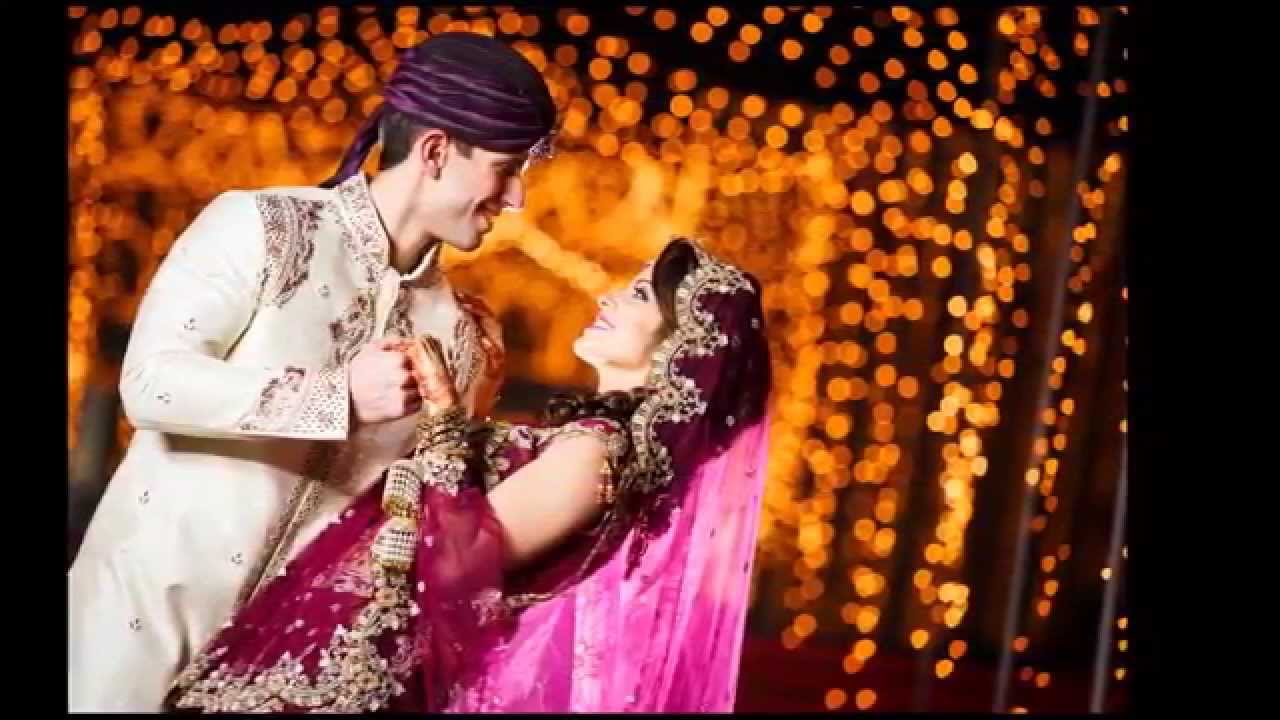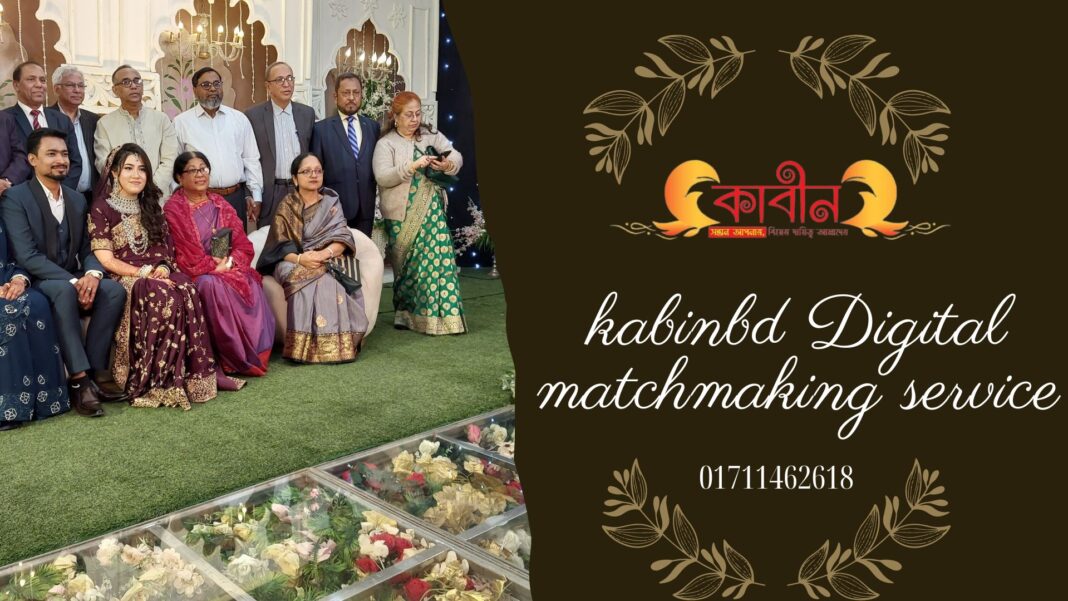How strange is the customs of marriage
The Curious Customs of Love: Unveiling Strange Marriage Traditions Around the World
Marriage customs, like love itself, come in a vast array of colors and flavors. While a white dress and a vows exchange might be considered standard in some cultures, delve deeper, and you’ll find a kaleidoscope of traditions that can be equal parts bizarre and beautiful. Buckle up, as we embark on a journey exploring some of the strangest (and sometimes sweetest) marriage customs from around the globe.
Pre-Wedding Practices: A Global Buffet of Oddities
- The Spit Take of Approval (Maasai, Kenya): In Maasai culture, a father spitting on his daughter’s head and chest symbolizes blessing and good fortune before she leaves for her married life. While the practice might seem unusual, it’s a gesture of parental love and well-being.
- The Price of Love (China): Traditionally, in some parts of China, the groom’s family presents a bride price (laihong) to the bride’s family. This can be seen as a token of appreciation or compensation for raising the bride. The practice is becoming less common in modern China.
- The Shoe Game (India): During the Indian wedding ceremony, the bride’s sisters or cousins playfully steal the groom’s shoes. The groom has to bribe them with money to retrieve his footwear, adding a lighthearted and playful element to the ceremony.
- Blackening the Bride and Groom (Scotland): In parts of Scotland, friends of the couple might bombard them with rotten eggs, mud, or even food coloring before the wedding. This bizarre tradition is believed to ward off evil spirits and bring good luck to the newlyweds.
- The No-Bathroom Break Challenge (Malaysia): In some Malaysian cultures, the newlyweds are forbidden from leaving the wedding chamber or using the bathroom for up to three days and nights. This custom is believed to strengthen the bond between the couple and ensure good luck. (Let’s hope they planned strategically!)
Ceremonies Steeped in Symbolism: A Walk Down the Aisle of the Unusual
Having delved into the pre-wedding practices and the beauty behind seemingly strange customs, let’s continue our exploration of some truly unique and symbolic wedding ceremonies from around the globe:
- The Groom Price Challenge (Fulani Tribe, Africa): In the Fulani tribe of Africa, the groom must present the bride’s family with a dowry (sharo) that traditionally consists of cattle. The number of cattle signifies the value placed on the bride and her contribution to the marriage. This practice is undergoing changes in modern times, with some couples opting for more symbolic or monetary dowries.
- The Three Knots Ceremony (Japan): A traditional Japanese wedding ceremony, the Shinto wedding, features the sharing of three sake cups (sansan kudo) by the couple. Each cup represents a different blessing: one for the couple, one for their parents, and one for all their ancestors. This ritual symbolizes unity and the couple’s connection to their families and heritage.
- The Garland Exchange (India): During a Hindu wedding ceremony, the bride and groom exchange garlands (varmala). This beautiful tradition signifies their acceptance of each other and their willingness to embark on their journey together. The garlands can be made of flowers, leaves, or even precious metals, depending on the region and customs.
- The Handfasting Ceremony (Celtic Cultures): A handfasting ceremony, practiced in some Celtic cultures, involves the couple binding their hands together with ribbon or cloth. This symbolizes their unity, commitment, and the start of their married life together. The duration of the handfasting could vary, from a temporary binding to a lifelong vow.
- The Tying of the Knot (Thailand): In Thai weddings, a sacred white cotton thread (sai sin) is wrapped around the wrists of the bride and groom by a monk. This symbolizes the intertwining of their destinies and the everlasting bond of their marriage. The ceremony is often accompanied by chanting and blessings for the couple.
Beyond the Aisle: Symbolic Feasts and Unique Celebrations

The symbolic elements extend beyond the ceremony itself, with some cultures incorporating unique traditions into the wedding festivities:
- The Throwing of the Bouquet (Western Cultures): A familiar tradition in many Western weddings, the bride throws her bouquet of flowers behind her back for unmarried women to catch. The one who catches the bouquet is believed to be the next in line to get married.
- The Money Dance (Eastern Europe): A popular custom in some Eastern European countries, the money dance involves guests pinning money onto the bride’s or couple’s clothing. This symbolizes well wishes for financial prosperity in their married life.
- The Bride Price Feast (Maasai Tribe, Africa): Following the negotiation and acceptance of the bride price, the Maasai people celebrate with a grand feast. This feast symbolizes the union of the families and the welcoming of the bride into the groom’s family.
- The Week-Long Wedding Celebration (India): Indian weddings are renowned for their grandeur and elaborate celebrations. The festivities can span several days, with each day featuring specific rituals and ceremonies steeped in symbolism and cultural significance.
A Celebration of Unity and New Beginnings
Marriage ceremonies, regardless of their cultural variations, share a core purpose: to celebrate the union of two individuals and their commitment to building a life together. The unique customs and symbolic gestures associated with these ceremonies offer a fascinating glimpse into the diverse ways cultures express love, blessings, and hopes for a happy and prosperous marriage. So, the next time you witness a wedding ceremony, take a moment to appreciate the rich tapestry of traditions and the universal language of love that binds them all.
- Jumping the Broom (African-American Culture): Jumping over a broomstick at the end of the wedding ceremony symbolizes sweeping away the past and leaping into a new life together. This tradition has roots in West African customs and signifies a fresh start for the couple.
- The Log-Splitting Challenge (Germany): In parts of Germany, a wedding tradition involves the couple working together to saw a log in half. This symbolizes their teamwork and ability to overcome challenges together as a married couple.
- The Kissing Frenzy (Sweden): During a Swedish wedding reception, if the bride leaves the room, all the male guests can line up to kiss her. Similarly, when the groom leaves, the female guests can steal a kiss. This lighthearted tradition adds a touch of fun and merriment to the celebration.
- Crying Rituals (China): In some Tujia communities in China, the bride is expected to participate in a month-long crying ritual before her wedding. Each day, she cries for an hour, often joined by female relatives. This tradition is believed to express the bride’s grief at leaving her family and prepare her for the challenges of married life.
- The Face-Stealing Ritual (Scotland): A Scottish tradition involves the groom “stealing” the bride away from her father’s house after the ceremony. This might involve a playful chase or a staged abduction, symbolizing the transition of the bride from her father’s care to her husband’s.
Post-Wedding Practices: Keeping the Weird Alive
Post-Wedding Practices: Keeping the Weird Alive (Continued)
We’ve explored some truly bizarre and beautiful pre-wedding traditions and symbolic wedding ceremonies. Now, let’s delve into the world of equally fascinating (and sometimes eyebrow-raising) post-wedding practices from across the globe:
- The Shoe Throwing Ritual (Korea): In some parts of Korea, after the wedding ceremony, the bride’s shoes are hidden by her friends. The groom then has to find them, with the time it takes symbolizing his future dominance in the household. This tradition, however, is being challenged by some modern couples who view it as promoting gender stereotypes.
- The Blackening (Scotland): Remember the pre-wedding blackening tradition in Scotland? Well, there’s a post-wedding twist! After the reception, guests might pelt the newlyweds with leftover food or even flour to ward off evil spirits and ensure good luck for their future. (This might not be the most glamorous way to end the festivities, but hey, to each their own!)
- The Tree Planting Ceremony (Germany): In some parts of Germany, a newly married couple plants a tree together after the wedding. This symbolic gesture signifies their commitment to growing their love and nurturing their new life together. The tree serves as a living reminder of their union and flourishes alongside their marriage.
- The Charivari (Europe): This historical European tradition, practiced in some rural areas even today, involves a noisy parade outside the newlyweds’ home. Friends and neighbors might bang pots and pans, creating a cacophony of sound. While it might seem like a form of harassment, the charivari is believed to ward off evil spirits and bring good luck to the couple.
- The Couvade (Many Cultures): The couvade is a fascinating practice where the new father takes to bed and mimics childbirth symptoms after the baby is born. This tradition, observed in cultures around the world, is believed to express empathy for the mother and share the burden of parenthood.
Beyond the Bizarre: The Significance of Post-Wedding Rituals
While some post-wedding practices might raise a chuckle, they all hold a deeper meaning:
- Celebrating New Beginnings: These rituals serve as a way to mark the transition from single life to married life and celebrate the beginning of a new chapter for the couple.
- Strengthening Community Bonds: Post-wedding celebrations often involve family and friends, fostering a sense of community and support for the newlyweds as they embark on their journey together.
- Ensuring Prosperity and Good Luck: Many practices, like the tree planting ceremony or the charivari, are believed to bring good fortune and ward off misfortune for the couple in their new life together.
Evolution and Adaptation: Modern Twists on Old Traditions
Just like pre-wedding traditions, post-wedding practices are adapting to the times. Here’s how:
- Focus on Meaningful Gestures: Couples are increasingly choosing post-wedding rituals that resonate with them on a personal level, rather than blindly following tradition.
- Gender Equality: Practices that perpetuate outdated gender stereotypes, like the Korean shoe-finding ritual, are being challenged in favor of more egalitarian traditions.
- Personalization and Innovation: From honeymoons with a purpose to vow renewals with a twist, couples are finding creative ways to personalize their post-wedding experiences.
- Blending Traditions: With the rise of interfaith and multicultural marriages, couples are merging post-wedding customs from their respective backgrounds, creating unique and meaningful celebrations.
In Conclusion: Marriage – A Journey Marked by Rituals
From the seemingly bizarre to the deeply symbolic, post-wedding practices offer a window into the diverse ways cultures celebrate marriage and usher in the next chapter in a couple’s life together. As we explore these traditions, we gain a deeper appreciation for the richness of human experience and the enduring power of love across cultures. So, the next time you hear about a peculiar post-wedding custom, remember, it’s likely a fascinating story waiting to be unraveled.
- The Plate Smashing Celebration (Greece): At Greek weddings, guests shower the newlyweds with plates. While it might seem like a recipe for disaster, the breaking of plates symbolizes good luck and prosperity for the couple. The louder the clatter, the greater the supposed good fortune.
- The Forbidden Fruit (South Korea): In South Korea, the groom’s feet might be subjected to a playful beating by his wife’s friends and family during a post-wedding tradition. This lighthearted hazing is believed to establish the wife’s dominance and playful control within the household. (Though, some modern couples are opting out of this tradition.)
- The Honeymoon Taboo (China): In some parts of rural China, there’s a tradition where the couple might not consummate their marriage for a month or even a year after the wedding ceremony. This practice is rooted in cultural beliefs and is becoming less common in modern times.
The Beauty in the Bizarre: Understanding the Meaning Behind the Rituals
While these customs might seem strange from an outsider’s perspective, it’s important to understand the cultural and historical context that imbues them with meaning. Here’s a deeper look at the significance behind some of these seemingly bizarre marriage traditions:
- Symbolic Gestures: Many customs, like jumping the broom or sawing a log in half, serve as symbolic gestures that represent the couple’s commitment, teamwork, and ability to overcome challenges together in their married life.
- Community Celebration: Wedding traditions often involve the participation of families and friends, fostering a sense of community and celebrating the union of two individuals within a larger social fabric.
- Blessings and Good Luck: Practices like the Maasai spitting ritual or the plate smashing in Greece are rooted in the belief of warding off evil spirits and showering the couple with good fortune for their future.
- Passage Rites and Transitions: Some customs, like the bride’s crying rituals in China, symbolize the emotional and social transition a bride undergoes as she leaves her family to start a new life with her husband.
- Cultural Identity and Preservation: Many traditions are passed down through generations, serving as a way to preserve cultural identity and connect the couple’s marriage to the rich tapestry of their heritage.
Evolving Traditions: A Blend of the Old and the New
The world is constantly evolving, and so are marriage customs. Modern couples are increasingly incorporating elements of their own cultural backgrounds or personal preferences into their wedding ceremonies. Here’s how traditions are adapting:
- Selective Traditions: Couples might choose specific elements from their cultural heritage to include in their wedding, creating a personalized blend of tradition and modernity.
- Focus on Meaning: There’s a growing emphasis on understanding the meaning behind customs, rather than simply following them blindly. Couples might choose traditions that resonate with them on a personal level.
- Modern Twists: Some traditions are getting a modern makeover. For instance, the playful “stealing” of the bride in Scotland might be staged with a car instead of a horse-drawn carriage.
- Interfaith and Multicultural Marriages: The rise of interfaith and multicultural marriages is leading to a beautiful blend of traditions, creating unique and meaningful wedding ceremonies.
The Universality of Love: Celebrating Traditions with Respect
Despite the vast array of customs, one thing remains constant: the celebration of love and commitment. As we explore these diverse traditions, here are some things to keep in mind:
- Respecting Cultural Practices: When encountering unfamiliar customs, approach them with an open mind and a desire to understand their significance.
- Celebrating Diversity: The variety of marriage traditions around the world is a testament to the richness of human cultures and the universality of love.
- Finding Common Ground: While the outward expressions of love might differ, the core desire for happiness, commitment, and a fulfilling union transcends cultural boundaries.
In Conclusion: Marriage – A Tapestry Woven with Traditions
Marriage customs, in all their strangeness and beauty, offer a glimpse into the hearts and minds of different cultures. By appreciating these traditions, we gain a deeper understanding of the human experience and the diverse ways we celebrate love and commitment around the world. So, the next time you hear about a seemingly bizarre wedding custom, remember, there’s likely a beautiful story and a rich cultural heritage woven into the tradition.
Best Bangladeshi Matrimony Sites 2022
Best Bangladeshi Matrimony Sites in the world
আপনি যদি বিয়ের ব্যাপারে সিরিয়াস হয়ে থাকেন তবে
লিংকে ক্লিক করে ফ্রী রেজিষ্ট্রেশন করুন
অথবা বিস্তারিত জানতেঃ
Gmail:kabinbd4@gmail.com
01711462618 এ কল করুন ২৪/৭ সার্ভিস
























